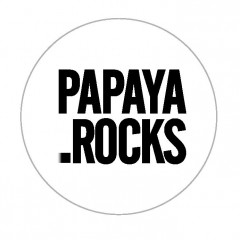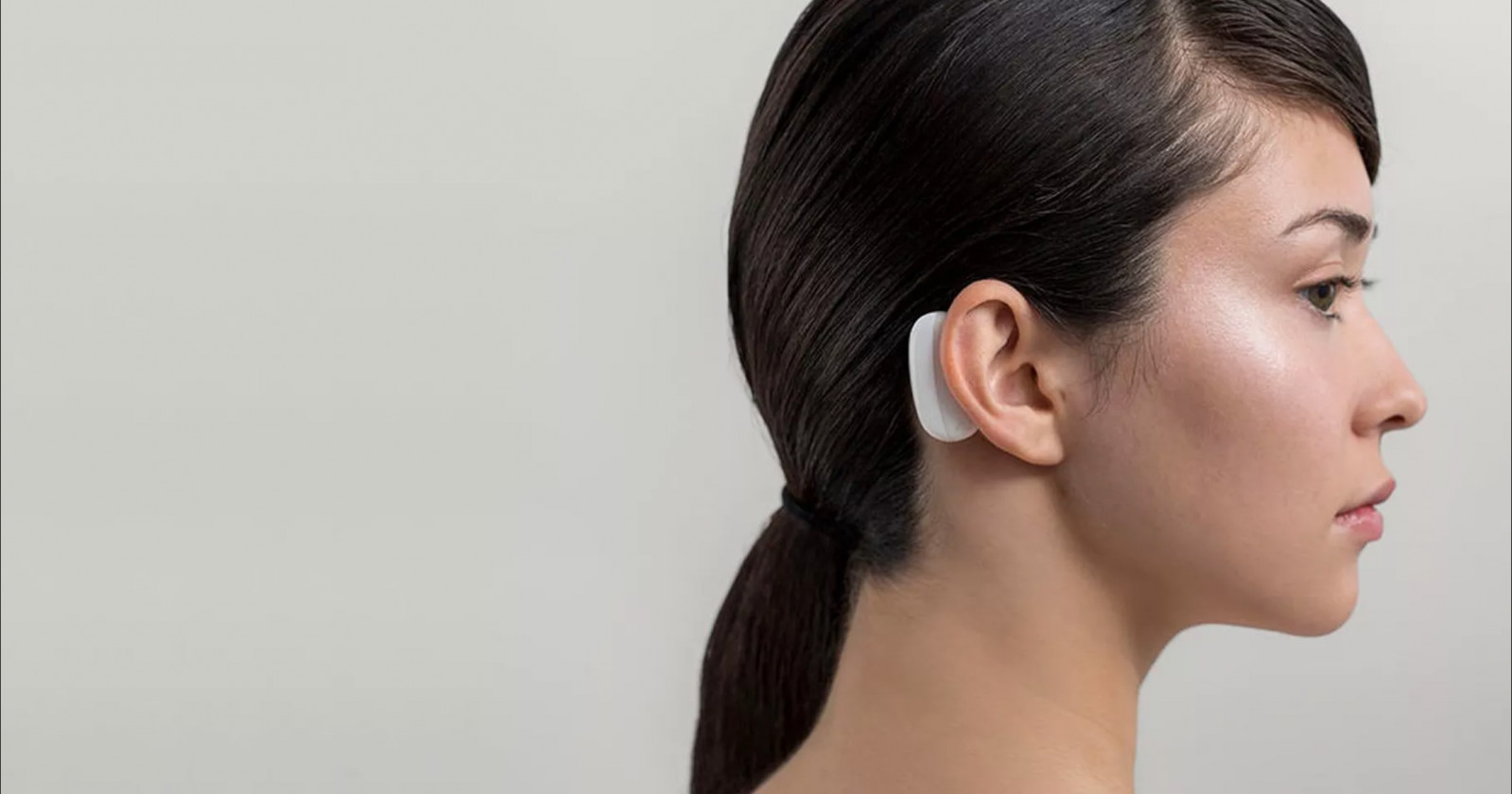
Music Straight to the Brain. Elon Musk to Reveal Details of Mysterious Neuralink Project21.07.2020
The South African entrepreneur is scheduled to unveiled his latest invention in late August.
In March 2017, Elon Musk announced the formation of Neuralink Corporation. Not long afterward, Bloomberg reported that the company had nearly a hundred IT professionals and experienced neurologists on staff, all of whom were working on an innovative brain-computer interface. The SpaceX and Tesla CEO remains surprisingly close-lipped when it comes to his latest endeavor. In a livestream last year, he revealed nothing beyond the fact that his own responsibilities include coordinating work over a device resembling a sewing machine, which is expected to implant the human brain with thin, flexible electrode threads capable of receiving signals from neurons and then transmitting them to a device located nearby. Neuralink expects its invention to be more than just a novelty for tech enthusiasts—its billionaire founder stresses that one of the company’s goals was developing treatment support avenues for people affected with grave neurological disorders, Alzheimer’s and Parkinson’s diseases chief among them.
Musk has recently announced that the company would hold a bigger event on August 28 to update the public about its progress. Alongside the conference, the entrepreneur also announced a slew of innovations he expects to ship with the Neuralink interface. Last Sunday, IT professional Austin Howard asked Musk on Twitter whether it would be possible to use his innovative interface to stream music directly into the brain rather than use headphones—and the entrepreneur answered in the affirmative. At the same time, Musk reported that he was working on allowing Neuralink to stimulate the nervous system with oxytocin, serotonin, and other organic compounds. “This would solve a lot of brain/spine injuries & is ultimately essential for AI symbiosis,” Musk added in a mysterious tweet.
Do you think @neuralink will be able to stop rapid firing, when needed, in neural networks, for patients with OCD? Possibly even stimulate the release of oxytocin, serotonin, and other chemicals when needed? Will it be able to artificially work the neuron & synapses like that?
— B. Wïll™ (@BWillOfficial) July 19, 2020

see also
- Moon Rocks Auctioned Off for $855,000
News
Moon Rocks Auctioned Off for $855,000
- Fixing Luck. A Conversation with the Filmmakers Behind "McMillions"
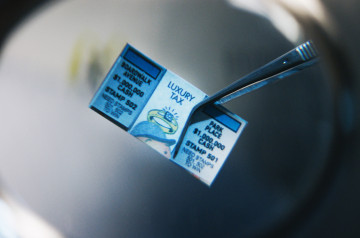
People
Fixing Luck. A Conversation with the Filmmakers Behind "McMillions"
- A Forest on Rails – Anti-Smog Tram to Hit the Tracks
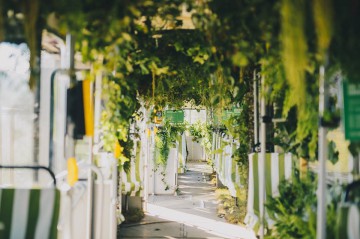
News
A Forest on Rails – Anti-Smog Tram to Hit the Tracks
- Papaya Young Directors Announces Date for Grand Finale, Set to Take Place Live
 Papaya Young Directors
Papaya Young DirectorsNews
Papaya Young Directors Announces Date for Grand Finale, Set to Take Place Live
discover playlists
-
filmy
 01
01filmy
-
Seria archiwalnych koncertów Metalliki
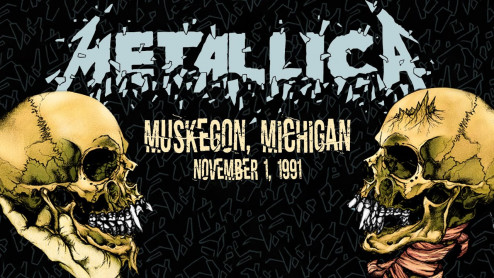 07
07Seria archiwalnych koncertów Metalliki
-
John Peel Sessions
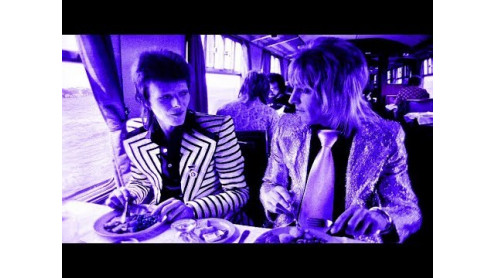 17
17John Peel Sessions
-
Original Series Season 2
 06
06Original Series Season 2
